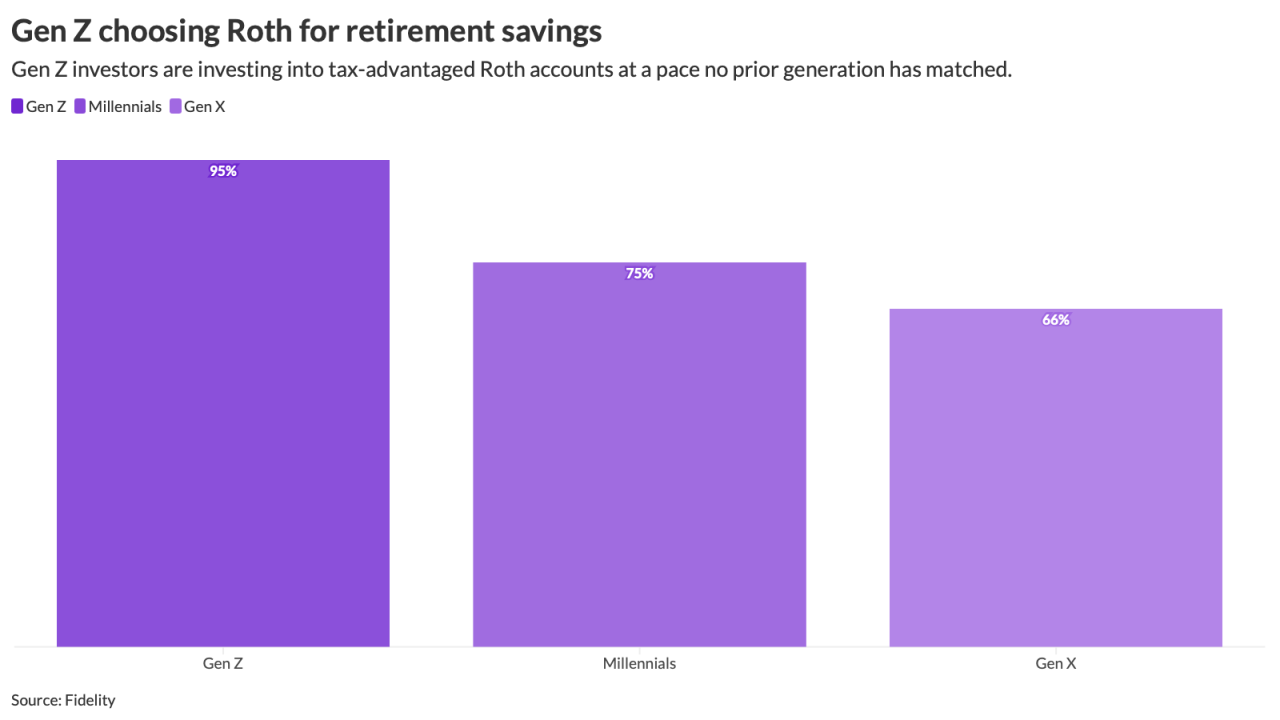As the
Benefit managers will need to continue focusing on healthcare, flexibility, financial wellness, caregiving support and skill development to meet the changing needs and expectations of today's workforce. SHRM's 2025 Employee Benefits Survey reveals which benefits are gaining traction — and where gaps remain.
"This survey reflects the dynamic evolution of workplace priorities, highlighting how organizations are adapting to economic pressures, technological disruptions and shifting employee expectations," Alex Alonso, chief data and analytics officer at SHRM, said in a release. "As artificial intelligence continues to reshape the workforce, employers must leverage data-driven insights to design benefits strategies, balancing flexibility, well-being, and skill development."
Read more:
Here are several areas benefit managers should focus on, according to SHRM:
Mental health support remains foundational
Health-related benefits continue to dominate as the most valued offering, with 88% of employers rating them as extremely or very important, according to the report. However, while core health coverage remains strong, complementary well-being programs are trending downward. Just 39% of employers offer structured wellness programs in 2025, a sharp decline from 53% in 2021.
To reverse this slide, employers should consider reintroducing or redesigning wellness offerings
Flexibility is still a must-have for talent retention
Although slightly down from previous years,
Read more:
Additionally, flexibility should extend beyond location: Providing flexible leave policies, such as caregiving leave, summer flexibility for working parents or mental health days, can help employees feel more supported in all aspects of life.
Retirement planning is evolving — and so should education
The survey finds that 93% of employers offer traditional 401(k) plans, and 76% now provide Roth 401(k) options — an increase of three percentage points over the past year. However, access alone isn't enough. Employers can
Addressing family care gaps requires creative solutions
Support for caregivers remains a weak spot, the survey found: Only 13% of employers offer elder care referral services, and just 10% provide paid prenatal leave beyond legal requirements. As the workforce ages and caregiving needs increase, employers should explore a more comprehensive caregiving strategy.
Read more:
This could include offering flexible leave options, backup care services, dependent care FSAs, or partnerships with caregiving platforms that connect employees to local resources. Expanding paid family leave policies — especially for prenatal, postnatal, and elder care — can help organizations meet growing demands for work-life balance.
Professional development is on the rise
Nearly half (47%) of employers now offer leadership development programs, up three points from 2024. To further invest in future talent, organizations can expand these efforts by offering coaching, mentorship, upskilling programs and AI-powered learning platforms that personalize employee development pathways.
Evolving support for GLP-1 coverage and AI-influenced benefits
This year's survey also captures emerging trends like
Read more:
By integrating AI-driven analytics and personalization tools into benefits platforms, employers can better match offerings to individual needs, monitor usage, and course-correct in real time.
In an era defined by change, thoughtful benefits design is one of the most powerful tools employers have to attract, retain, and support their workforce. By investing in the programs employees value most — health, flexibility, financial security, care support, and growth — organizations can build resilient, future-ready workplaces.






